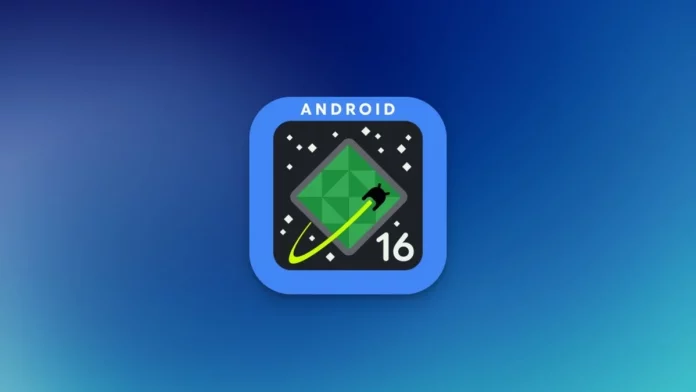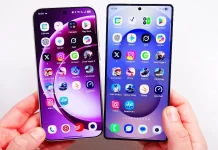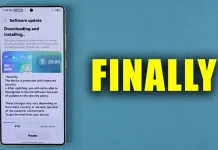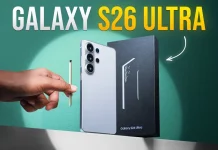Motorola is getting a head start this year, rolling out Android 16 to select models earlier than expected.
Google officially launched Android 16 for Pixel devices on June 10th. Since Android updates depend on manufacturer adaptation, non-Pixel phones typically get the update weeks or even months later. Traditionally, Motorola has been among the last major brands to deliver new Android versions—but that seems to be changing.
Motorola Speeds Up Rollout and Extends Support
In a notable shift, Motorola has started pushing out Android 16 for the Edge 60 Pro, Edge 60 Fusion, and Edge 50 Pro earlier than in past cycles. For comparison, Android 15 didn’t reach the Edge 50 Fusion and Edge 50 Ultra until December last year. The company says this faster rollout reaffirms its “commitment to timely software updates.”
Motorola has also been revising its update policy to stay competitive. Historically, the brand offered two to three major Android upgrades and three to four years of security patches—fewer than rival manufacturers like Samsung and Google, which now provide up to seven years of support on flagship models.
One standout in Motorola’s current lineup is the Edge 50 Neo, launched last year, which promises five years of Android updates and five years of security patches. This longer commitment extends beyond the company’s usual policy, signaling a stronger focus on longevity. In contrast, Motorola’s popular mid-range G-series phones generally receive only one to two major OS updates.
What’s New in Android 16 for Motorola
Motorola highlights three key pillars for Android 16: simplicity, security, and connectivity. Notable new features include:
- Notification Auto Grouping – consolidates multiple alerts from the same app into one tidy cluster to reduce
notification clutter. - Instant Hotspot – allows users to activate a mobile hotspot on their Motorola phone directly from an Android
tablet or Chromebook linked to the same Google account. - Expanded Battery and Device Diagnostics – provides detailed battery health metrics and hardware monitoring tools
so users can track component performance and detect issues early.
These improvements further align Motorola devices with the clean, connected experience Google promotes across the Android ecosystem.
Market Position and Ongoing Comeback
Motorola currently holds 4.29% of the U.S. market, ranking behind Apple (55.67%), Samsung (22.46%), and Google (5.16%). Globally, Lenovo–Motorola maintains around 5% market share, placing it eighth worldwide, with growth driven largely by the Asia-Pacific region, especially India.
The company’s Edge and Razr series have fueled this resurgence. As of the second quarter of 2025, the Razr lineup commands 28% of the global foldable market, placing Motorola ahead of Samsung and second only to Huawei—a remarkable achievement, as that share has doubled year-over-year.
From the DROID Legacy to the Modern Era
Motorola has come a long way since the DROID, launched in November 2009, which was the first true iPhone competitor and debuted with Android 2.0 Eclair. Devices like the DROID X soon after cemented Motorola’s early dominance in the Android scene.
Though the company eventually lost momentum, its latest focus on faster Android updates, extended support cycles, and premium device performance marks a determined comeback. With Android 16 arriving ahead of schedule, Motorola is signaling its intent to once again be a serious player in the Android ecosystem.





